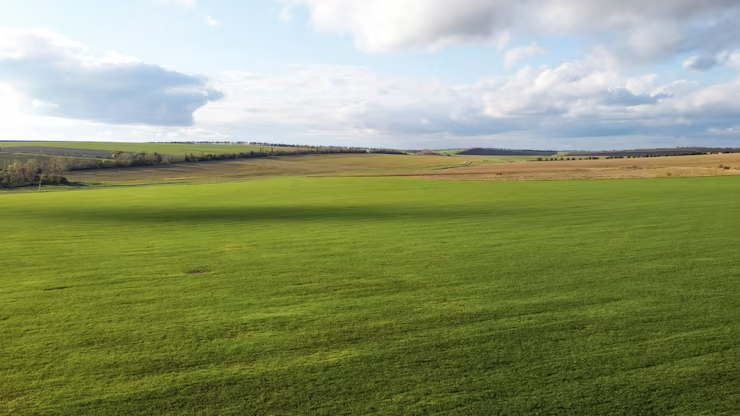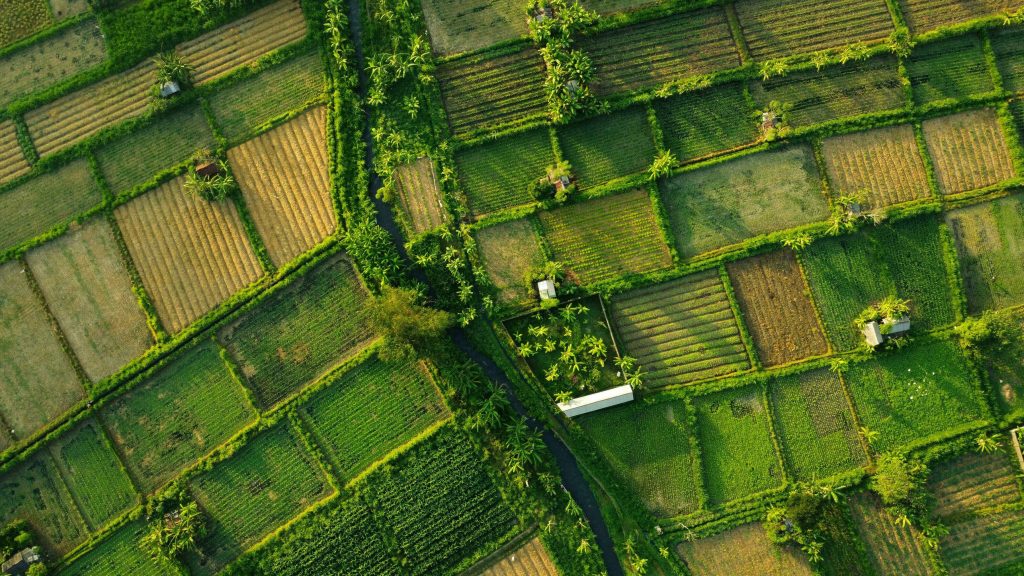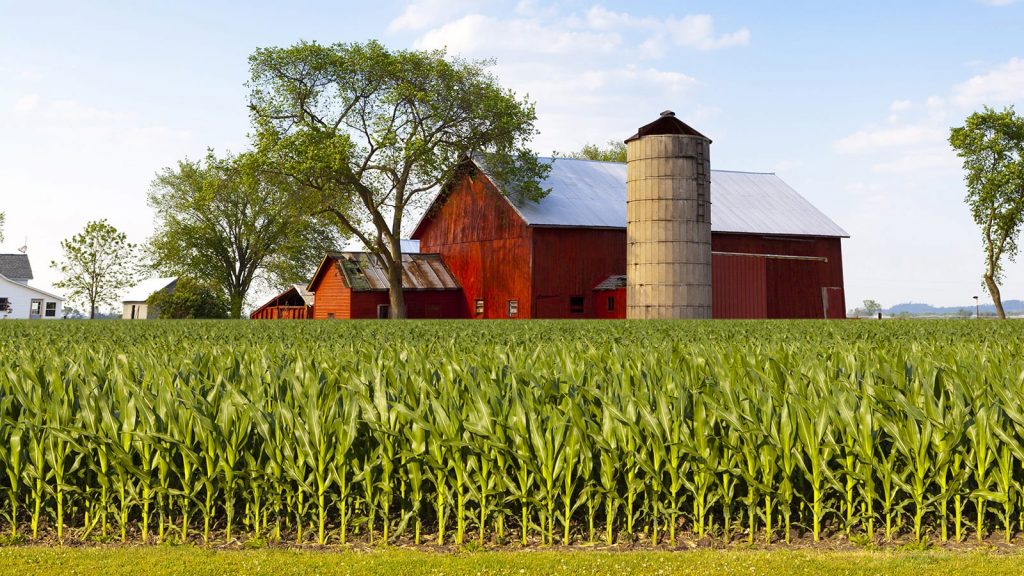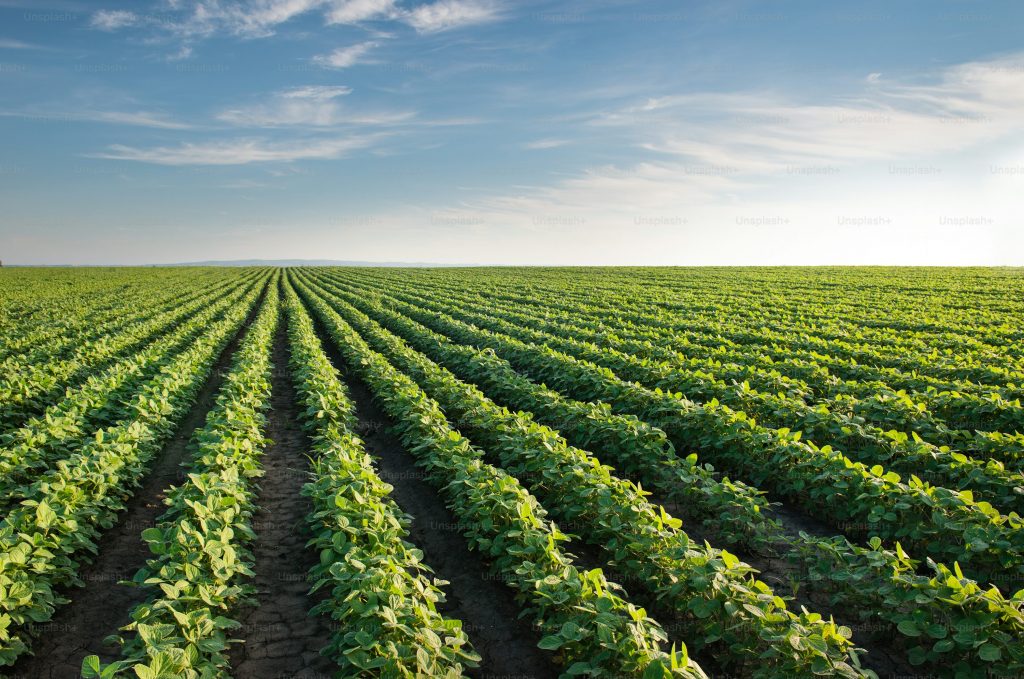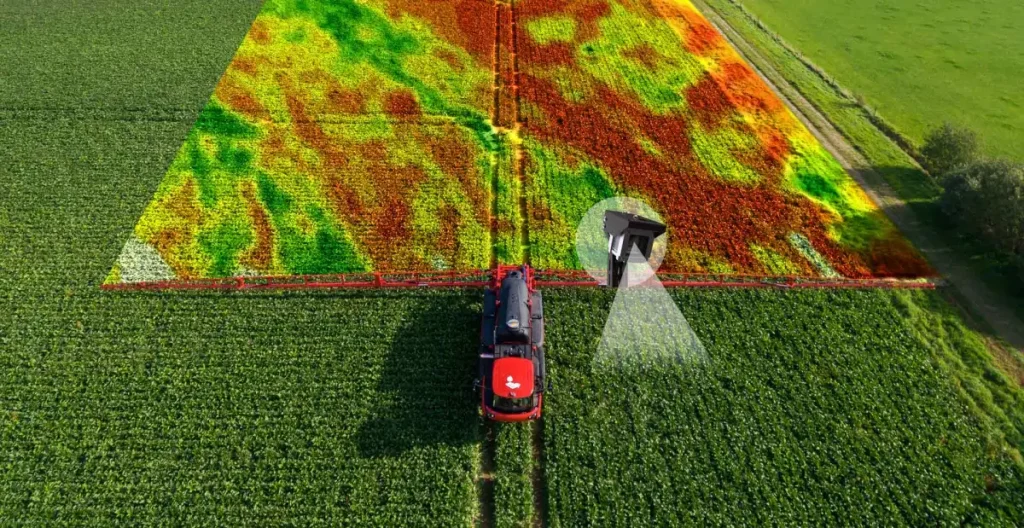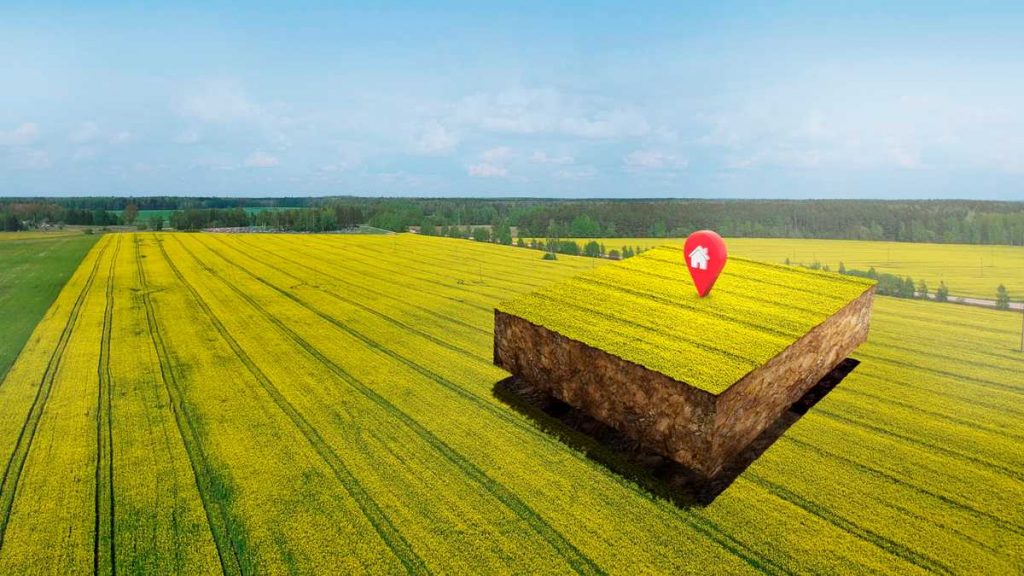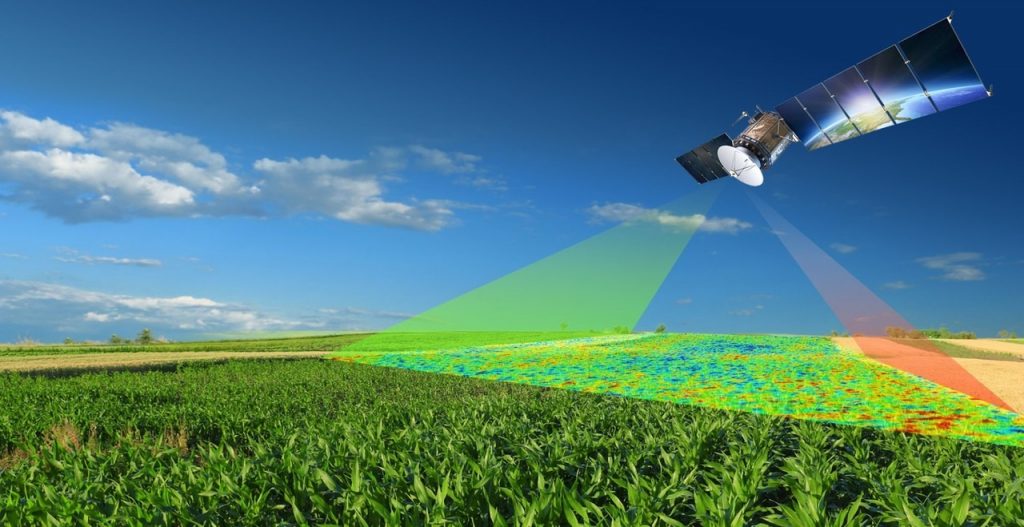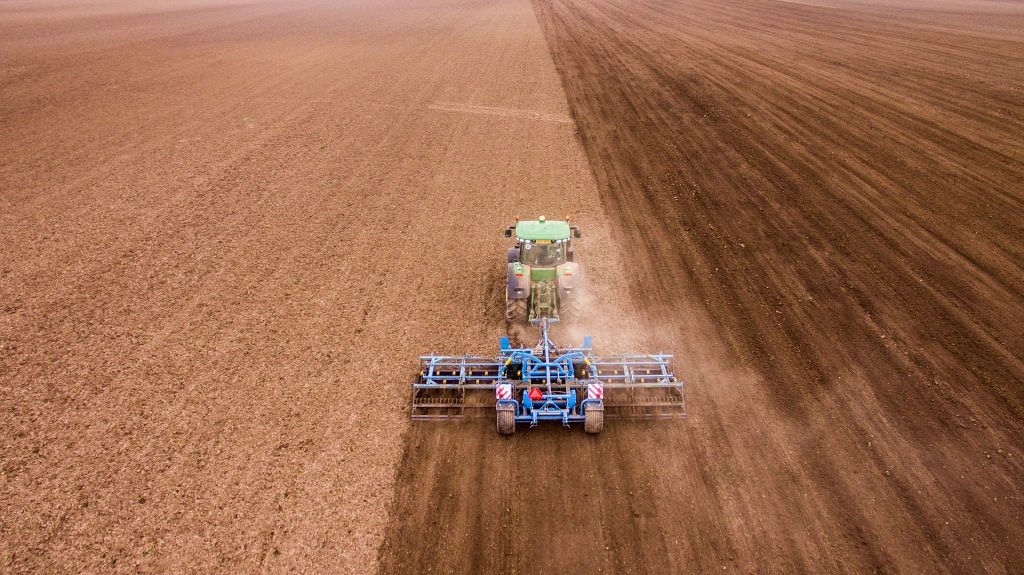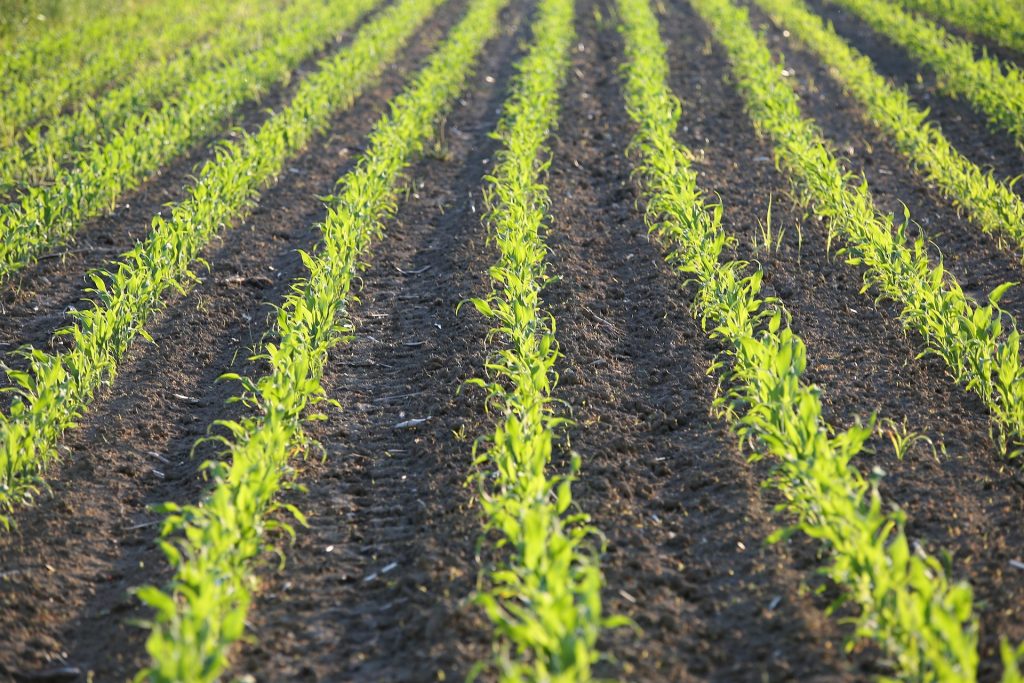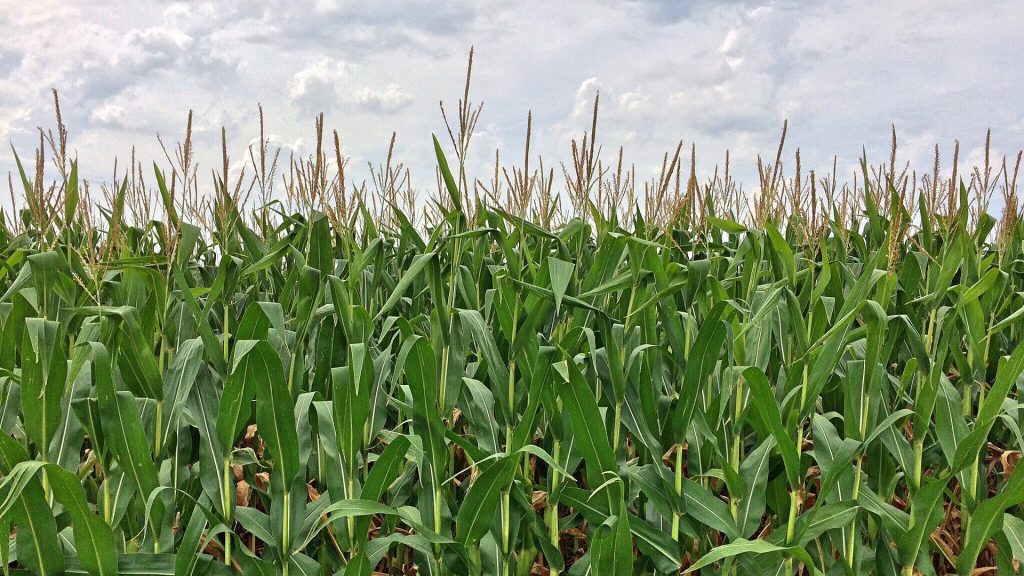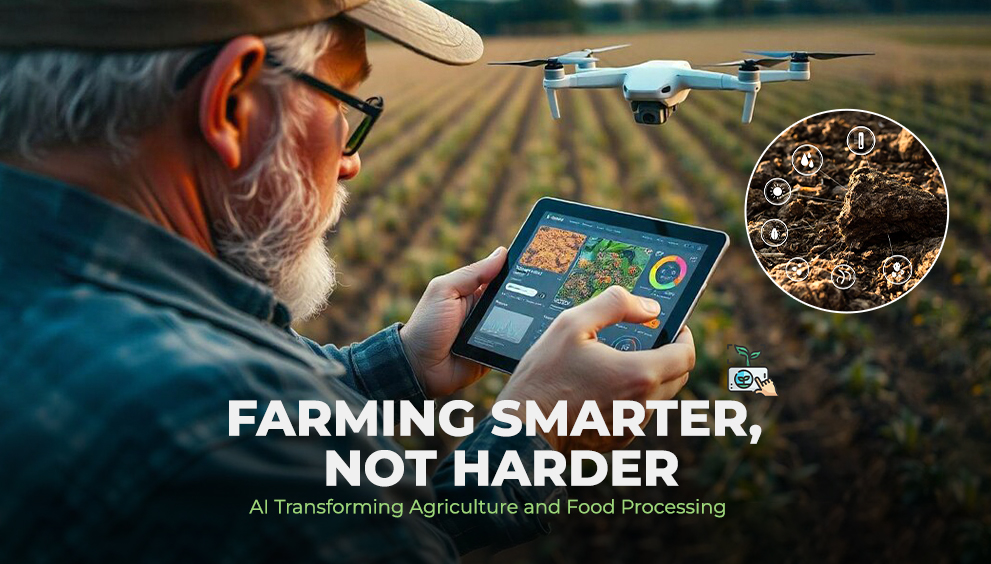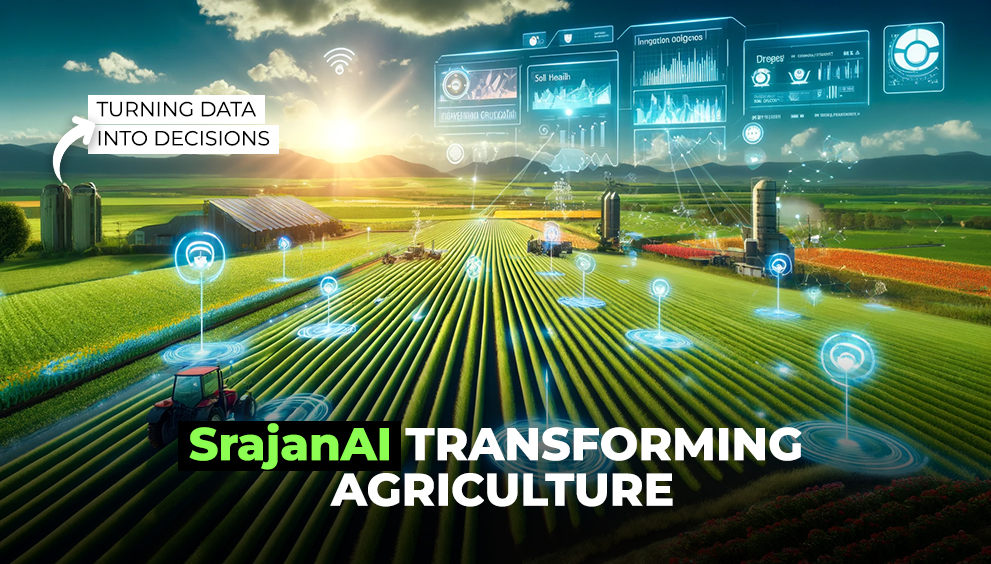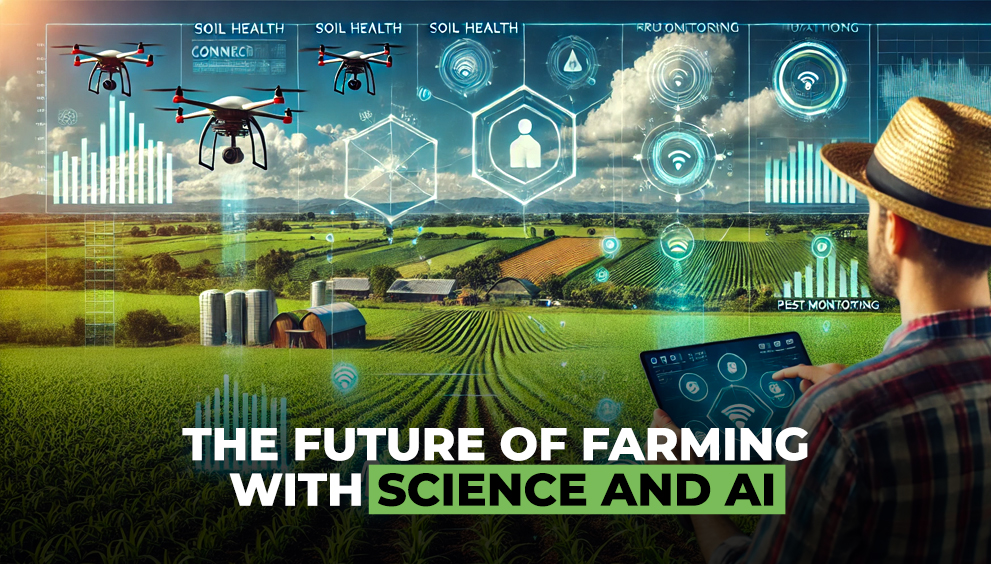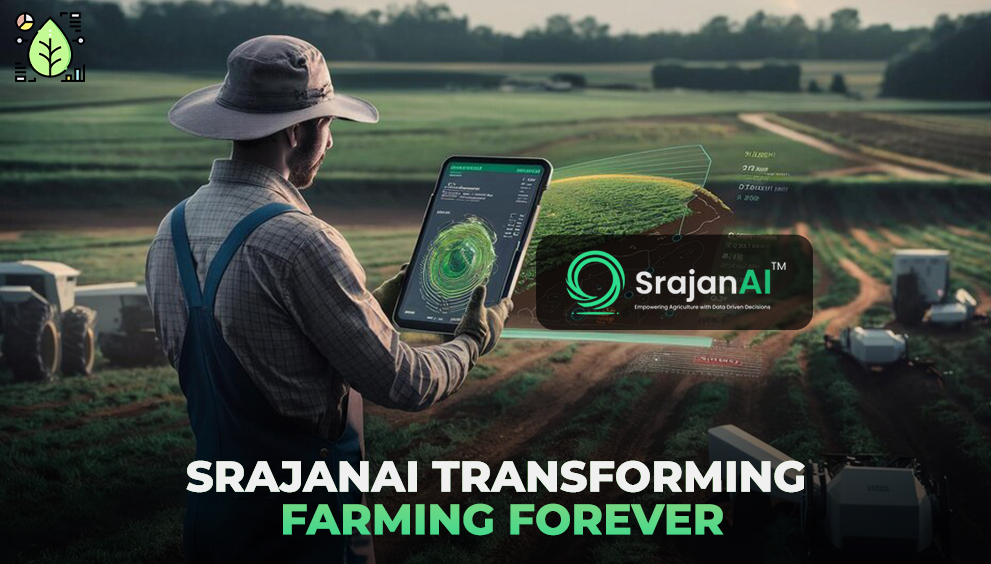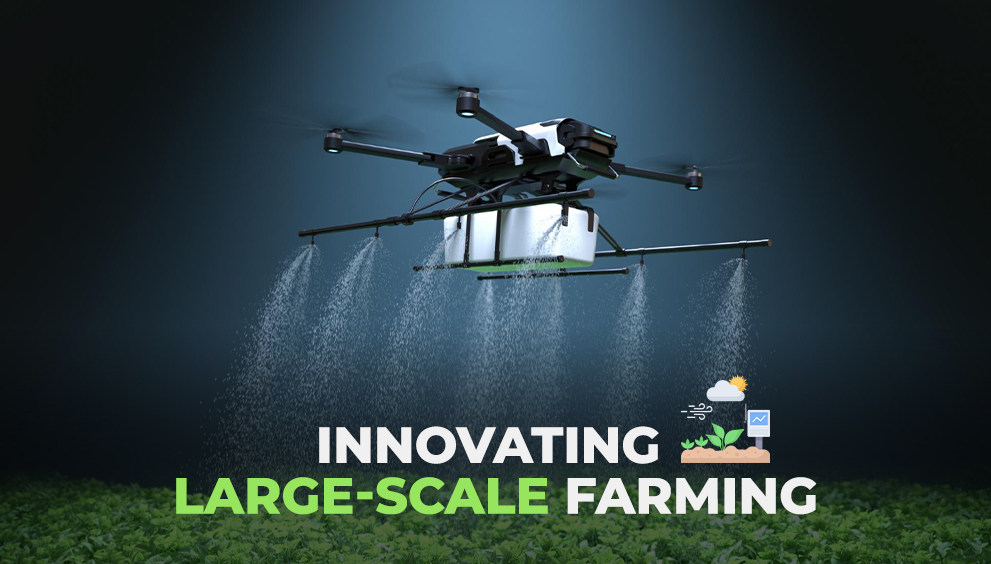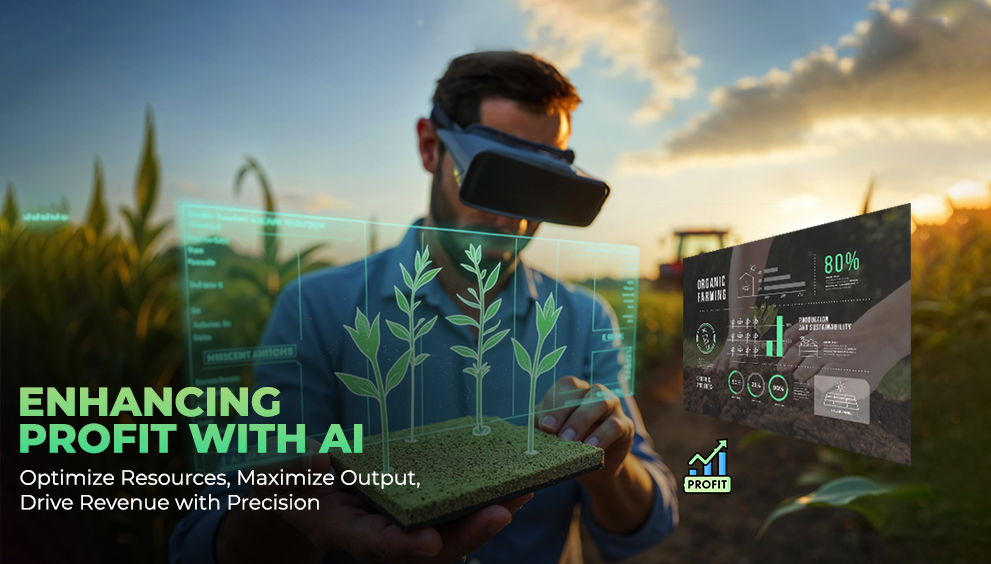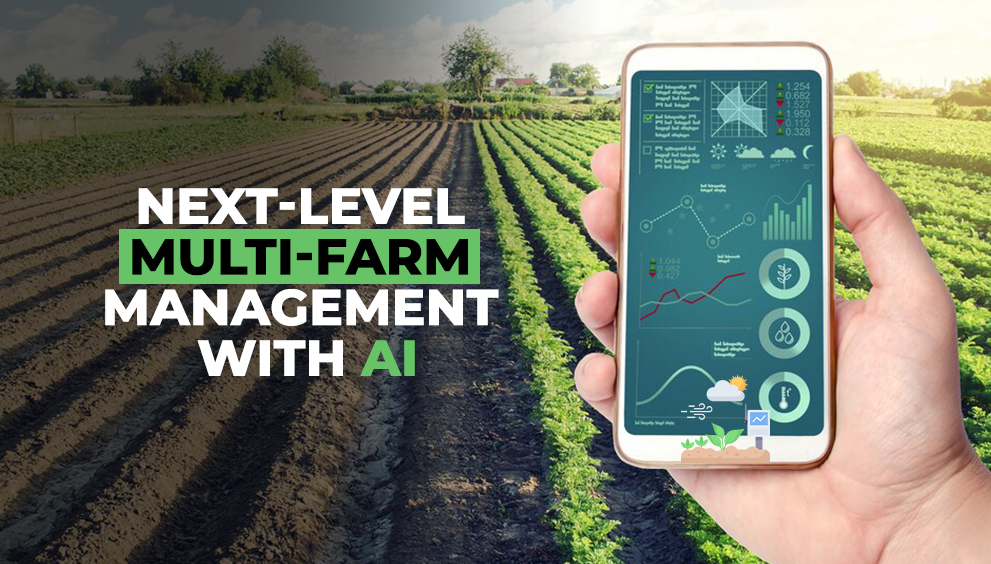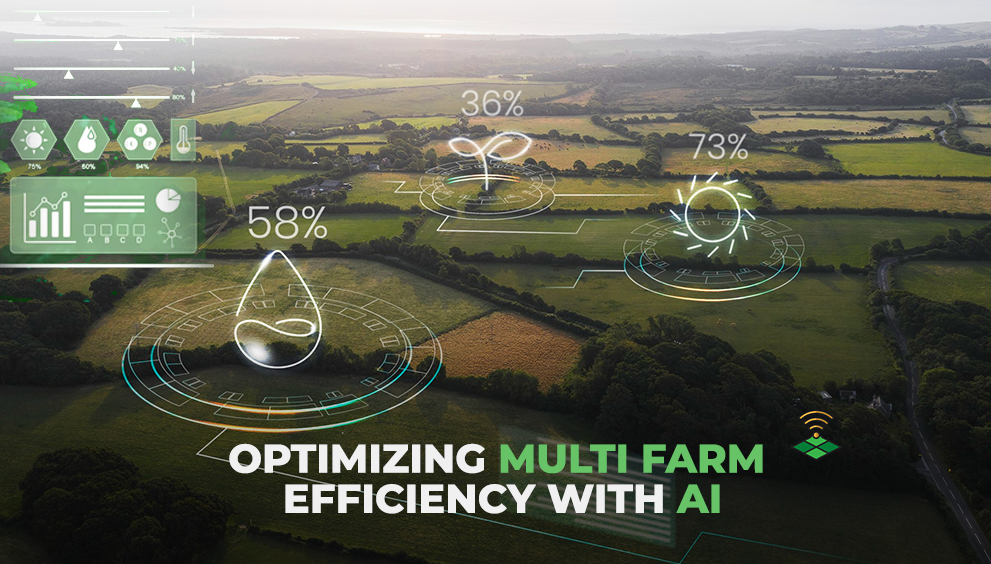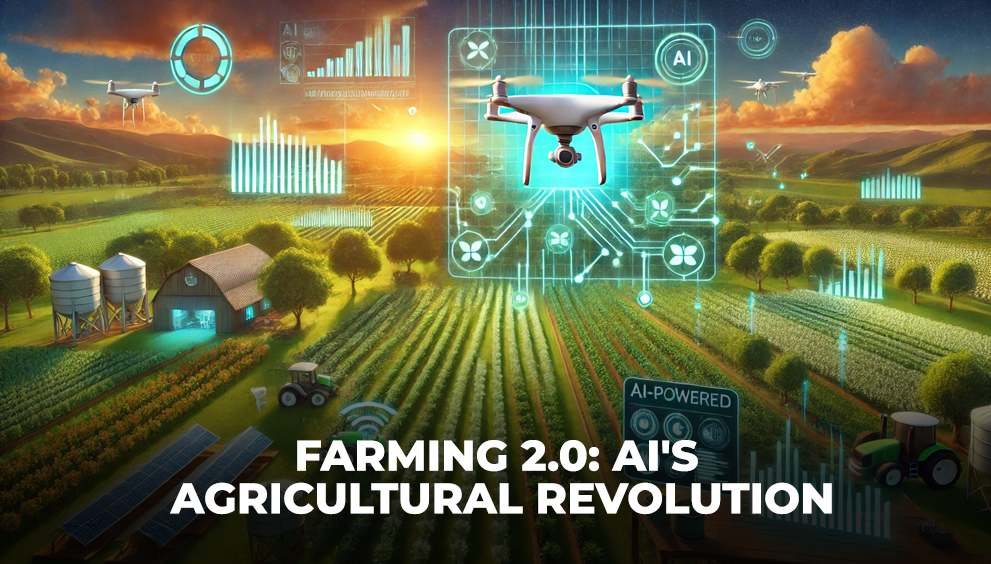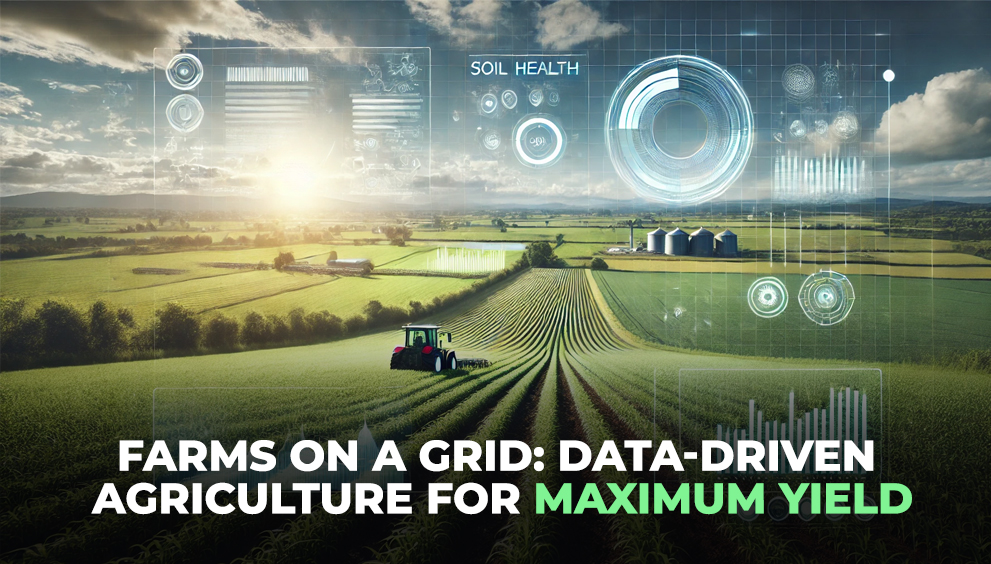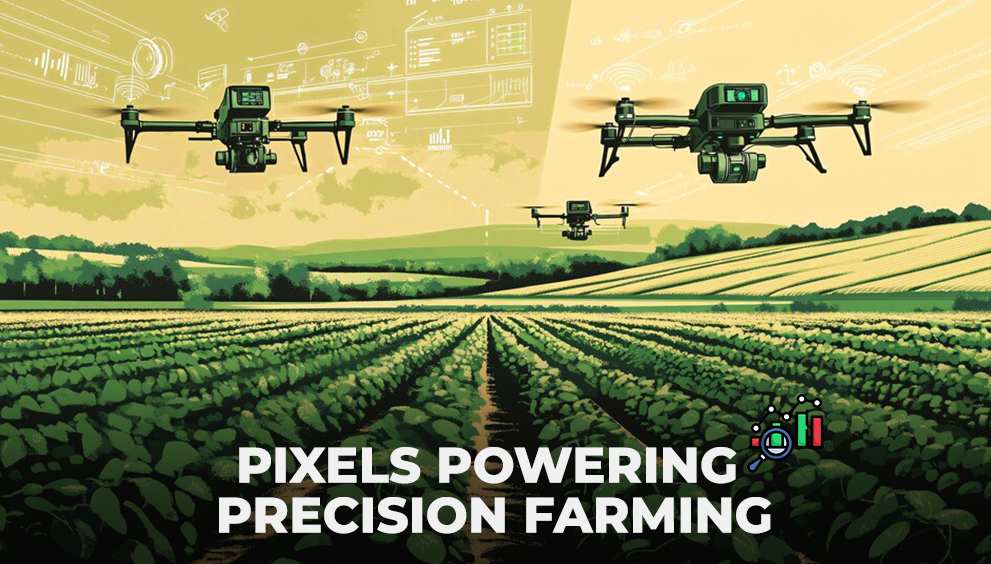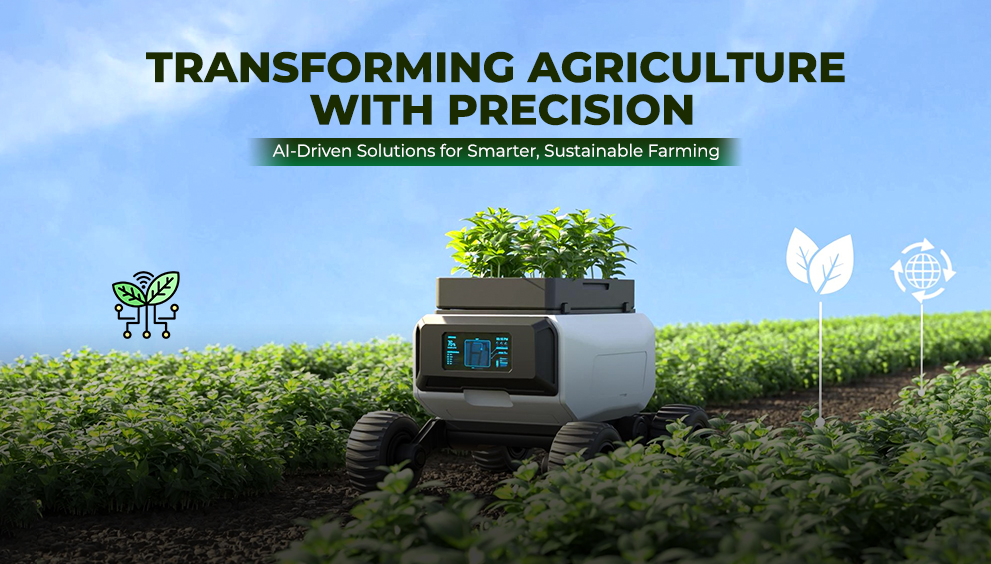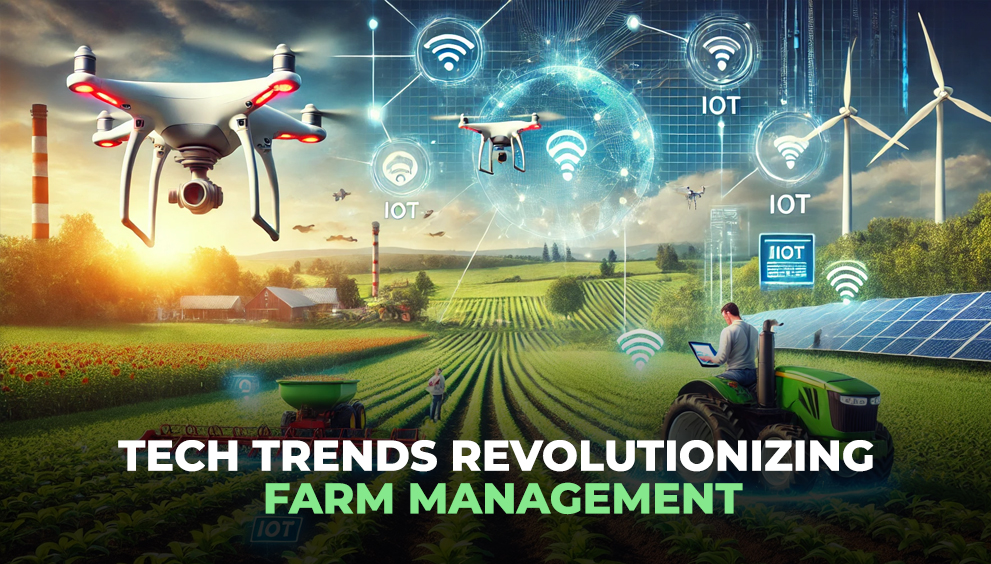Challenges in Large-Scale Agriculture and How to Solve Them
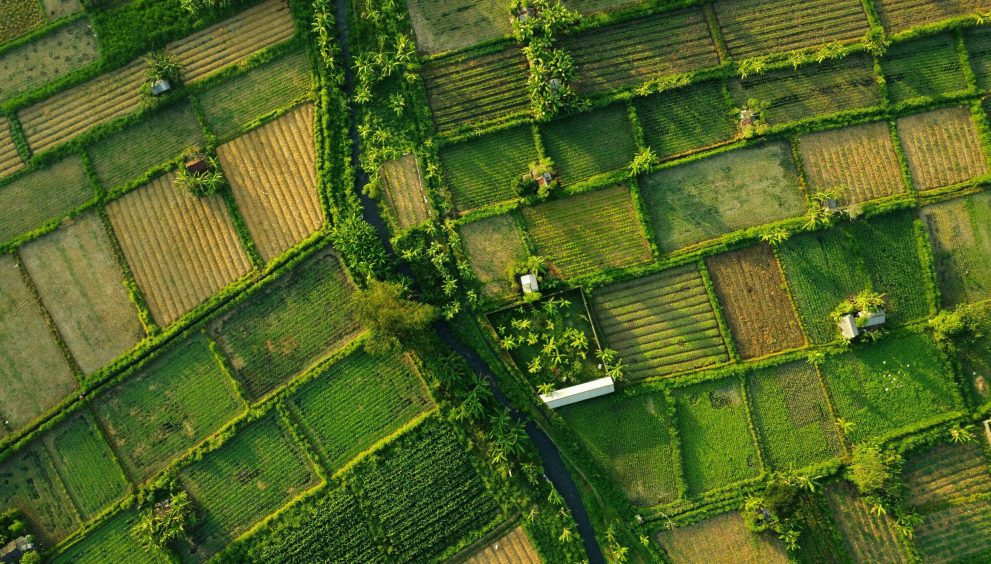
Managing large-scale agriculture is an entirely different ball game compared to smallholder farming. As the scale grows—from hundreds to thousands of acres—so do the complexities. Decisions have wider financial consequences, inconsistencies are harder to detect, and inefficiencies multiply fast.
While the scale of operations offers potential for high productivity, it also brings a unique set of challenges that traditional methods struggle to address. In today’s data-driven world, overcoming these hurdles demands more than just manpower—it requires systems that bring visibility, predictability, and control across every acre.
Here are five major challenges in large-scale agriculture, and the strategic solutions that can solve them.
1. Lack of Visibility Across Fields
One of the biggest pain points in large-scale agriculture is the inability to monitor every part of the land consistently. Physical inspections and sample-based scouting are time-intensive and often miss early-stage problems.
Without complete visibility:
- Pest outbreaks go undetected until they spread
- Crop stress is noticed only when symptoms become visible
- Input use becomes generalized instead of zone-specific
Solution: Satellite-based crop monitoring and remote sensing platforms provide full-field, high-frequency insights using indices like NDVI and NDRE. These tools deliver timely, objective data across all plots—highlighting anomalies, identifying zones underperforming, and enabling early interventions that aren’t reliant on physical scouting.
2. Inconsistent Output Across Farms
Standardization is a major hurdle when managing multiple farms across different regions. Variations in soil type, climate, input practices, and local management often lead to inconsistent yield and quality, which is a serious problem for enterprises that rely on uniform output for supply chains or exports.
Inconsistent output means:
- Greater post-harvest losses due to rejection or quality mismatch
- Missed premium pricing opportunities
- Unreliable planning for storage, logistics, and sales
Solution: Use AI-powered crop health scoring models and zone-based monitoring tools to track performance at a granular level. These platforms help standardize monitoring across geographies, ensuring that even widely spread farms follow the same health benchmarks and growth stage tracking. This reduces variability and brings predictability to output quality.
3. Input Wastage and Operational Inefficiency
Large-scale operations often apply inputs uniformly across large areas, leading to overuse in some zones and underperformance in others. When input use isn’t tied to actual plant needs, it results in:
- Wasted fertilizers and chemicals
- Poor return on investment per acre
- Unnecessary labor and machinery deployment
Solution: Adopt precision farming tools that rely on zone-wise recommendations for input application. These systems combine remote sensing with AI models to guide exactly where and when to apply fertilizers, water, or crop protection inputs—ensuring optimal resource use while reducing operational overhead.
4. Delayed Detection of Crop Stress or Disease
In large-scale operations, it’s common for early signs of disease, nutrient deficiency, or water stress to go unnoticed. By the time symptoms become visible, the damage is already underway.
Late detection leads to:
- Escalating treatment costs
- Greater yield loss
- Widespread spread of diseases across fields
Solution: Implement real-time crop stress detection using multi-index satellite data, drone imagery, and AI-based anomaly detection. These systems flag subtle changes in plant behavior long before visible symptoms appear. Early alerts enable quick, targeted action that can contain the issue and reduce economic impact.
5. Difficulty in Planning, Forecasting, and Decision-Making
Without reliable data, most large farms rely on historical patterns, gut instinct, or delayed feedback to make decisions. This impacts:
- Harvest planning and labor scheduling
- Yield prediction and market commitments
- Input purchasing and inventory control
Solution: Leverage AI-driven forecasting platforms that combine historical performance with real-time crop, weather, and soil data to predict outcomes more accurately. This enhances mid-season adjustments, improves procurement planning, and allows more confident sales decisions. With accurate forecasts, agri businesses can commit to contracts and supply chains without fearing under-delivery.
Final Thoughts
Large-scale agriculture is complex—but it’s manageable with the right systems in place. The recurring challenges of poor visibility, inconsistency, inefficiency, delayed intervention, and uncertain planning are not just operational hurdles; they directly impact profits, quality, and long-term sustainability.
By integrating technology at the core of farm operations—from satellite monitoring and AI analytics to precision input planning—enterprises can shift from reactive problem-solving to proactive, data-informed control. That’s where long-term success lies.
Large-scale doesn’t have to mean large risk. With the right tools, it can mean large opportunity.



